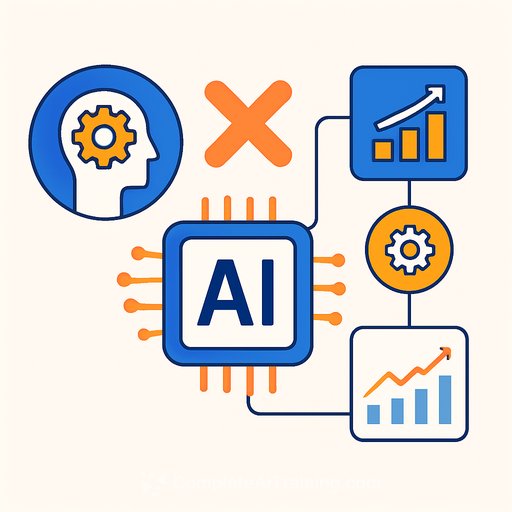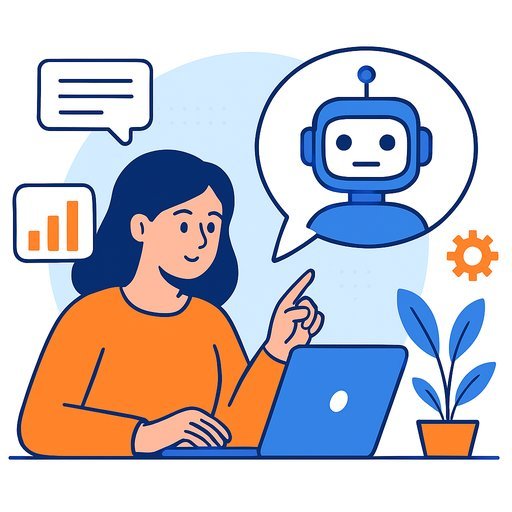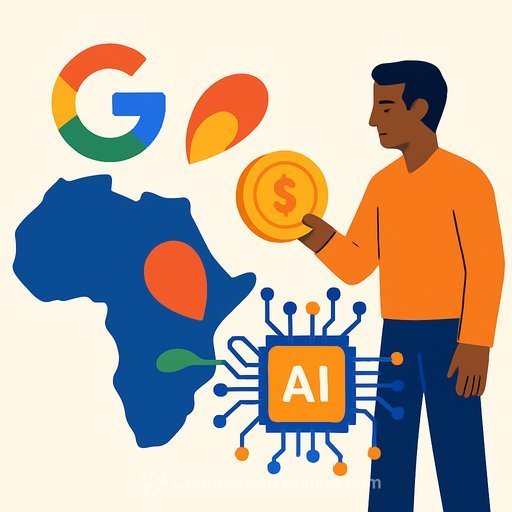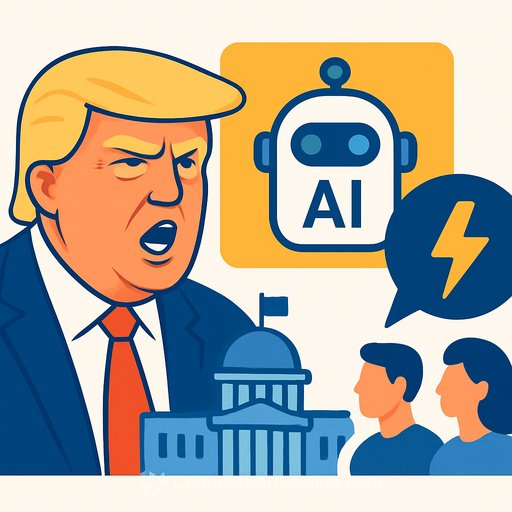The Hidden Ingredients Behind AI’s Creativity
Image generators such as DALL·E, Imagen, and Stable Diffusion mimic their training data. Yet, they often produce images that feel fresh and inventive. Where does this apparent creativity come from? A recent study suggests it’s an unavoidable outcome of their underlying architecture.
We once expected AI to deliver self-driving cars and robot assistants. Instead, AI systems have excelled at intellectual tasks—beating humans in chess, analyzing vast text datasets, and composing poetry. Interestingly, physical tasks that humans find easy remain difficult for machines, while AI is increasingly able to simulate human-like intellect.
One intriguing aspect is AI’s own kind of creativity. Diffusion models, which form the backbone of many image generators, are designed to replicate images they’ve been trained on. But in practice, they improvise—blending image elements to create coherent, meaningful new visuals rather than random noise.
The Paradox of Diffusion Models
Diffusion models generate images through a denoising process. They start with digital noise—like a shredded painting—and then reconstruct it. If these models were perfect, they would just memorize and reproduce images exactly. Yet, they don’t. Instead, they produce new samples that often look creative.
Two physicists recently proposed that the creativity in diffusion models arises from imperfections in this denoising process. Presented at the International Conference on Machine Learning 2025, their mathematical model shows that this creativity is a deterministic, inevitable result of the models’ architecture.
This finding could influence future AI research and even how we think about human creativity. As one expert noted, the study makes highly accurate predictions about a complex phenomenon.
Bottom-Up Systems and Locality
Mason Kamb, a graduate student in applied physics, draws parallels between AI creativity and biological development. In embryonic morphogenesis, cells organize themselves into organs guided only by local interactions, without a central blueprint. Sometimes this process produces anomalies, like extra fingers.
Early AI-generated images often showed surreal features, such as humans with extra fingers, reminiscent of these biological "failures." This suggested a bottom-up process at work within diffusion models.
Diffusion models generate images patch by patch, focusing locally rather than globally. They also obey translational equivariance—a rule that maintains coherent structure when parts of an image shift position. These features were once seen as limitations, but now appear to be key to creativity.
Locality and Equivariance Drive Creativity
Kamb worked with physicist Surya Ganguli to test whether locality and equivariance alone could produce diffusion model-like creativity. They developed the equivariant local score (ELS) machine, a mathematical system that mimics these features without training.
When they fed noisy images through both ELS and trained diffusion models, the results matched with about 90% accuracy. This remarkable finding suggests creativity naturally emerges from the models’ focus on local patches and structural rules.
The “extra fingers” effect is also explained as a direct consequence of this local focus without a global context.
Still More to Learn
This study clarifies why diffusion models appear creative, but it doesn’t explain creativity in all AI systems. Large language models, for example, also generate creative outputs but do not operate with the same locality and equivariance principles.
This points to a broader, still incomplete picture of AI creativity.
Reflections on Human and AI Creativity
For the first time, researchers have shown that diffusion model creativity can be formalized mathematically and predicted with precision. It’s comparable to identifying a neural mechanism behind human creativity and translating it into equations.
Some experts suggest human creativity might share this assembly-based process. We create by combining pieces of our experiences, dreams, and desires. Similarly, AI assembles building blocks from its training data and prompts.
Both human and artificial creativity might stem from filling gaps in knowledge—producing new and valuable outputs by connecting existing pieces in novel ways.
For those interested in exploring AI further, Complete AI Training offers courses that cover generative AI and more.
Your membership also unlocks:






